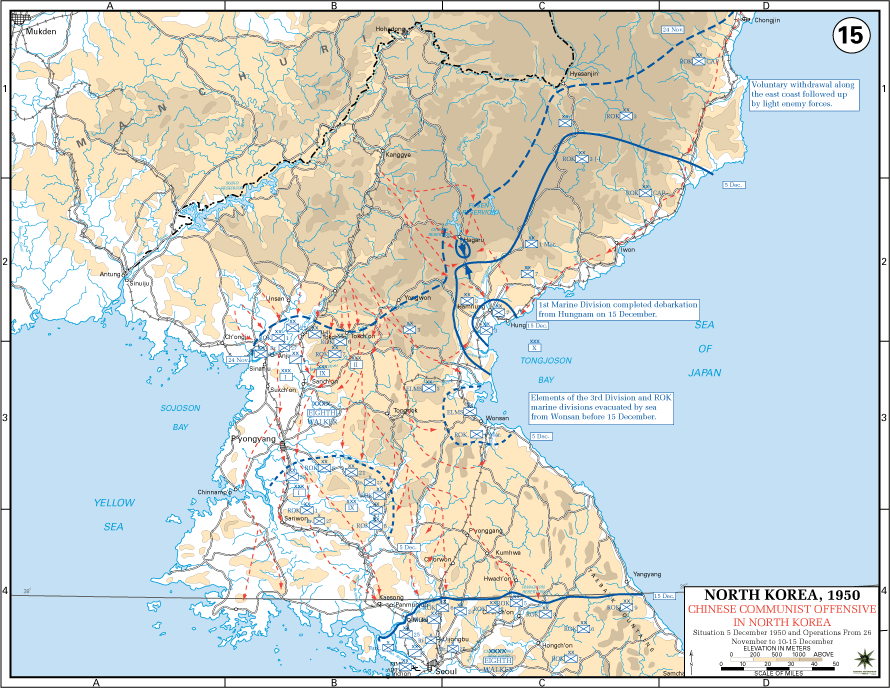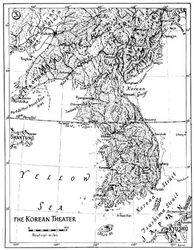


"Why Study the Korean War?" OAH Magazine of History 14.3 (2000): 3-5. "New Light on a "Forgotten War" The Diplomacy of the Korean Conflict." OAH Magazine of History 14.3 (2000): 10-13. "Truman’s Other War: The Battle for the American Homefront, 1950 - 1953." OAH Magazine of History 14.3 (2000): 15-19. "Soviet Involvement in the Korean War: A New View from the Soviet-era Archives." OAH Magazine of History 14.3 (2000): 20-24. "Korean War Documentary Part 1-3." YouTube. The American Nation: A History of the United States. "Fighting While Talking: The Korean War Truce Talks." OAH Magazine of History 14.3 (2000): 25-29. To interpret a historical-based conclusion).ģaW: Describe and evaluate the evolution of United States domestic and foreign policies including the Cold War.ģaY: Describe the changing character of American society and culture.ĦN: Predict the consequences that can occur when institutions fail to meet the needs of individuals and groups.ħA: Distinguish between and analyze primary and secondary sources. On its meaning (e.g., uses provided primary and secondary sources History to develop a credible interpretation of the event, evaluating The Cold War (e.g., establishment of the United Nations,Ĭontainment, NATO, Truman Doctrine, Berlin Blockade, Koreanīenchmark 5: The student engages in historical thinking skills.ģ.(A) uses primary and secondary sources about an event in U.S. (A) evaluates the foreign policies of Truman and Eisenhower during Soviet Bloc, Mao’s victory in China, Marshall Plan, Berlin Blockade,ģ. analyzes the origins of the Cold War (e.g., establishment of the Cold War America at Home: Economic Growth and Optimism, Anticommunism and Reform.īenchmark 3: The student uses a working knowledge and understanding of individuals, groups, ideas,ĭevelopments, and turning points in the era of the Cold War (1945-1990).Ģ.Did Truman handle Korea correctly? What kind of impact did Korea have on the U.S.The students will analyze the theme song from MASH- Suicide is Painless.The students will also watch a documentary on Korea.In this class we will read an array of primary and secondary sources.How does the Munich agreement play a role with Korea?.It is important that the students remember the Munich Agreement between Adolph Hitler and Neville Chamberlain.Iterate to the students that history often repeats itself, and as historians we try to learn from our previous mistakes.Understand the new role that United States stepped into as WWII end.Make sure that students understand that many Americans feared the spread of communism.WWII has ended and the United States is currently in a Cold War with the Soviet Union East vs.Prior to beginning this class, the students will need to have no extensive knowledge on Korea, but maybe understand the importance of this country in retrospect with other Asian countries.

National History Day Workshops from the National Archives.Electing Our Presidents Teacher Workshop.Collection Policy and Donating Materials.An Ordinary Man, His Extraordinary Journey.


 0 kommentar(er)
0 kommentar(er)
